What is a mechanical camera? If we use the most common words, it is a camera that can take pictures without batteries.
Since the invention of the camera, mankind has been manufacturing mechanical cameras for a long time, and only later gradually added electronic components to the camera, and now, the camera has become an electrical appliance.
The development of mechanical cameras also went through many processes, the original human camera is no shutter, because then the light-sensitive material sensitivity is very low, need a very long exposure.
The following telescope-like contraption is the camera in 1840, to be exact, should be called photographic equipment, it is not actually considered a modern sense of the camera.
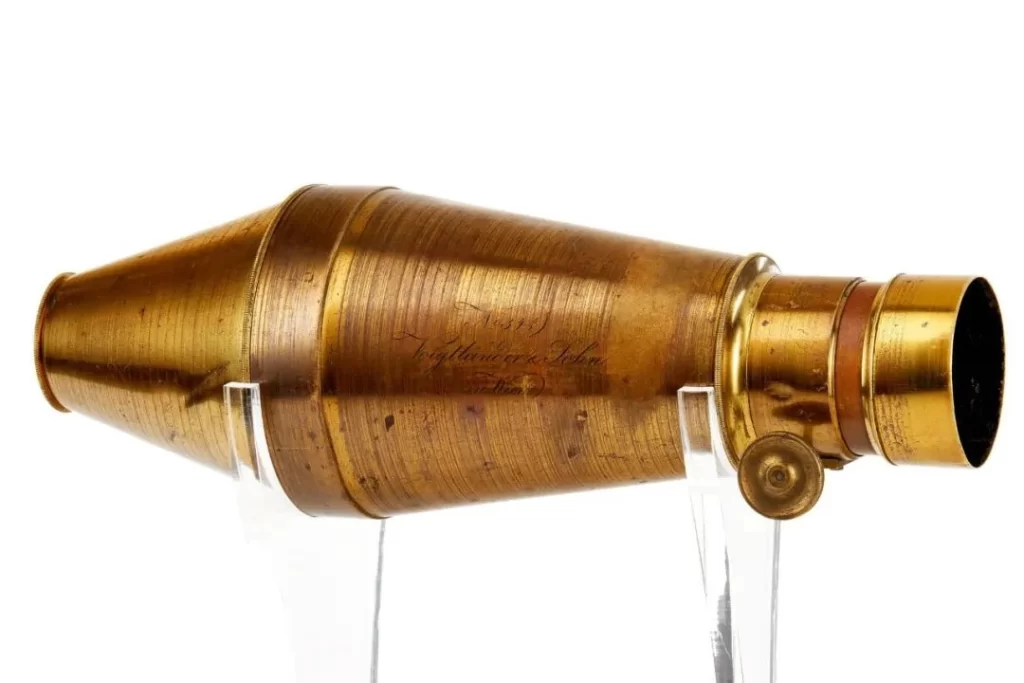
The first important organ to appear on the camera is the shutter, along with the increasing sensitivity of light-sensitive materials, the exposure time of photography continues to shorten, from hours in the past, to later tens of minutes, then to a few minutes, and then to a few seconds, 1 second, or even less than 1 second.
As a result, the most basic definition of a mechanical camera has emerged: a mechanical camera is a camera that uses a mechanically controlled shutter.
In contrast, a camera using an electronically controlled shutter is called an electronic camera, but there is also a mixture of mechanical and electronic shutter, but this shutter is mainly electronically controlled, because the machine with this shutter almost all have A-stop. However, whether electronically controlled or mechanically controlled, the work of the shutter is a mechanical process. By the digital age there was a digital shutter that did not utilize mechanical parts.
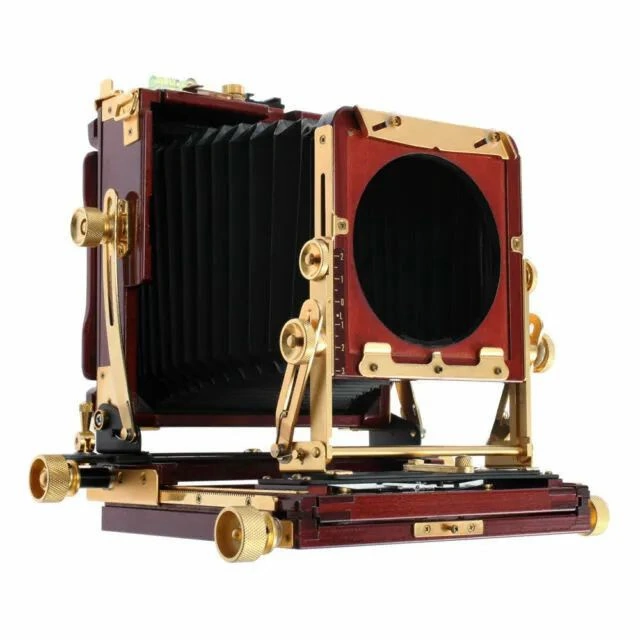
It was around 1890 that large-format double-track wooden cameras like the ones we have now became popular, and there were no complicated mechanisms on these cameras other than the shutter.
By the 1920s, 135 cameras were also introduced, and there were more mechanisms on the cameras, such as the linkage mechanism, the side axis distance measuring mechanism, and soon the more complex reflector plate rebound mechanism, etc. Before the Second World War, the variety of mechanical cameras was quite complete, and the familiar Leica cameras and Rolleiflex cameras were the products of that era, and the world’s largest camera manufacturer at that time was Zeiss. The largest camera manufacturer in the world at that time was Zeiss.
The 1950s, after the end of World War II, was the peak of mechanical cameras, and there were many brands, including dozens of imitations of the Leica L39 camera. Mechanical cameras were the norm until the advent of electronically controlled shutters in the late 1960s.
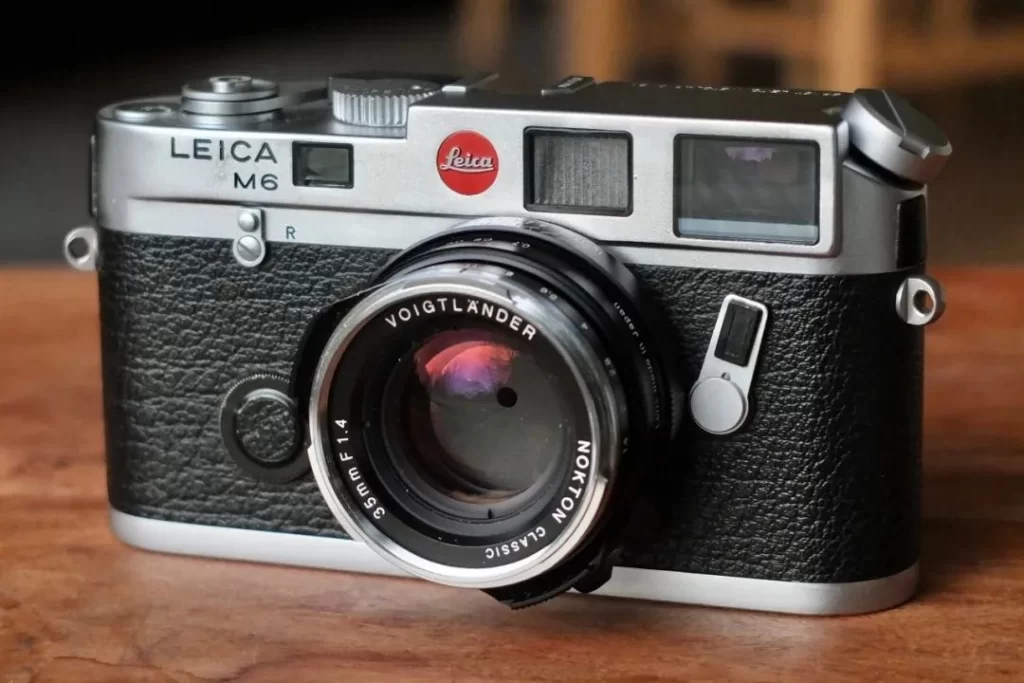
Here to add, mechanical cameras do not mean no electronic components, many mechanical cameras with metering components, but it is not in addition to metering other functions do not use electricity, in the absence of electricity can be normal focus exposure. But there is a metering system is still a lot more convenient.
Manual photography and mechanical cameras are not necessarily related, mechanical cameras are generally manual focus, manually set the aperture shutter, but there are some electronic machines are also purely manual operation. For example, Pentax 67 is a manual camera, but it is electronically controlled shutter, no electricity can not run up. Another example is BRONICA’s ETR camera, which is also manually controlled (no metering top case), but is also an electronically controlled camera, no battery shutter only an emergency gear.
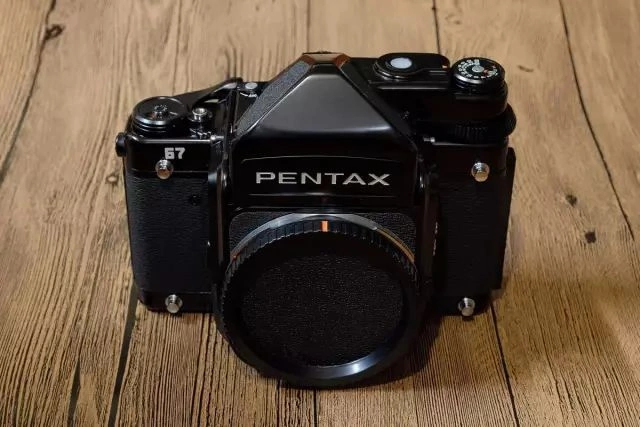
You may feel strange, obviously manual exposure, why do you want to make it all electric? Here we have to start involving the advantages and disadvantages of mechanical cameras.
From the law of camera body development, electronic, automation belongs to the evolution, even the 120 camera also pursue this. Only large format cameras due to the unique form of shooting, do not emphasize this aspect.
Today we are discussing the main mechanical or 135, 120 as the main.
Mechanical cameras bear the brunt of the problem is the shutter accuracy, its shutter is controlled by the organ, so it is impossible to be completely accurate, coupled with the use of wear and tear, etc., will produce a lot of errors. And different manufacturing quality of the mechanical shutter error is also different, the error of poor quality mechanical shutter is extremely large.
Mechanical shutter is designed to allow the existence of errors, generally not faster or slower than 1/3 of a stop for each shutter, the excellent mechanical shutter (focal plane type) fully open gear is very accurate, such as the Nikon FM2 125 this gear, generally measured in the 123-126 between, but the slow door is a bit more, according to the Asahi photography test, the FM2 slow door is worse, such as 15 Speed is 13.9-14, 4 speed is 3.38-3.5, the maximum error is close to 1/3 of a stop.

In contrast, the electronic shutter is more accurate in terms of speed control. Kyocera also uses quartz components to control the shutter in order to make it more accurate.
For example, the Pentax LX is a hybrid shutter, with full open speed (60) and below being electronically controlled and above being mechanical. Its electronic control part is amazingly accurate, for example, the 15 gear, measured 15.2, the 4 gear is 3.97, the error is extremely small. But his fully open mechanical shutter this gear has a certain error.
People may think Nikon FM2 difference is not much ah, we often shoot film 1,2 stops are no problem. That is because first of all this is a new FM2, if combined with later wear and tear, use, etc., the error will further increase, especially if not regularly maintained. In addition, the FM2 is using a very advanced steel longitudinal shutter, stability far beyond the old horizontal shutter, which is very accurate.

The second problem with mechanical cameras lies in the type of failure they have: mechanical failure.
Any mechanical part of a mechanical camera can have problems, that is, mechanical failures. Many people think that mechanical cameras can be used for a long time and are very durable, in fact, most mechanical cameras are very old and have been very fragile and have a high failure rate.
Many friends think that mechanical cameras are not afraid of bad, bad can be repaired, which is almost purely imagined, in fact, like the Loco double reverse in addition to failure, can be repaired by few people, not to mention those old mechanical cameras.
Even if you can repair, it is often bad repair. Camera mechanical parts are precision parts, high requirements for accuracy, but the lack of standardization, different parts, different machines, many cameras have no original guidance, the original factory has long since closed down, so we are also based on experience to repair.
Even if the Leica, Hasselblad, like not yet closed, many repair camera is also the wild way, their own fumbling, lack of parts, lack of calibration standards, repair is very common. You may want to search the Internet to repair Leica Hasselblad, repair bad, cursing post very much. If the official? That not only the cost is amazing, but also have to wait a long time, such as Leica’s repair are to send back to Germany.
Because there is no experience, of course, to put it very lightly, you just mechanical camera is broken once, you will understand how bad it is to repair a mechanical camera, you will want to tell you that the mechanical constant people’s head stuffed into gear.
Electronic machine repair is not good we have psychological preparation, and mechanical machine also repair is not good many people have little psychological preparation, but others still say eternal …… eternal your grandmother eternal.
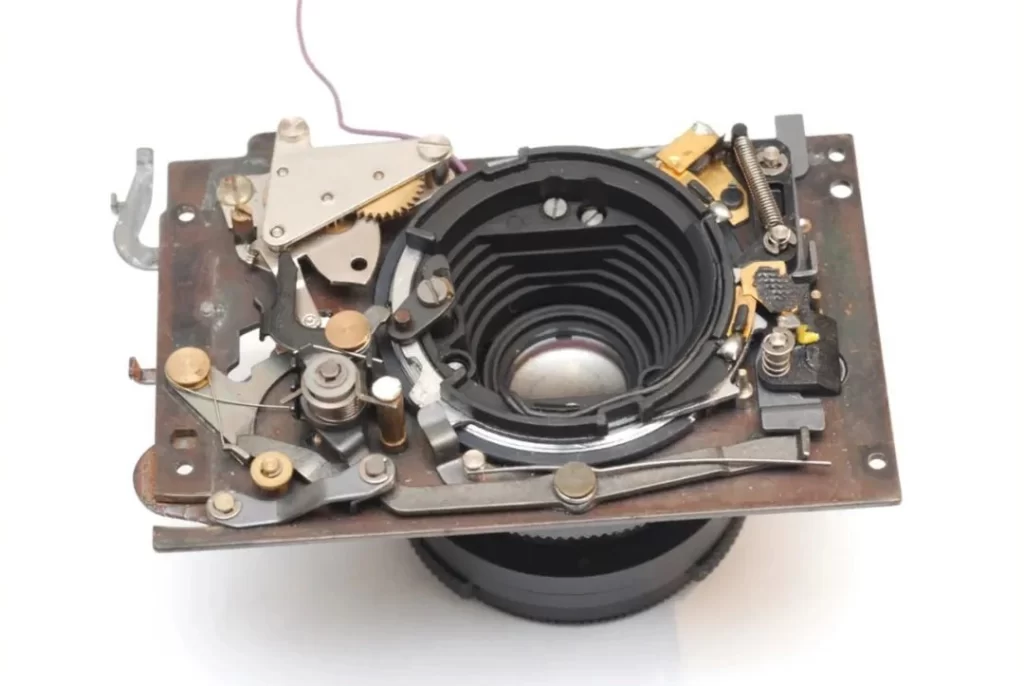
In mechanical cameras, at present only Leica and Hasselblad repair can basically guarantee, the other cameras can only be left to chance.
However, Leica Hasselblad is not the big head, the use of mechanical SLR is the real big head, these cameras are really a variety of failures. For example, over the film gear broke, over the film is not average, and for example, the shutter blade card, full open can not be, etc. …… The problem is that these machines are no less difficult to repair than Leica, but the charge is not possible and Leica, so many masters will not be willing to repair, or repair up very little heart.
FM2 what is still considered expensive, you if 500 Pentax SP is broken, you will want to buy another, there is no constant.

After the repair, the following problem is the maintenance.
Can be maintained is the biggest advantage of mechanical cameras, electronic machines do not have maintenance of such a statement, the aging of electronic components damage is basically irreversible, maintenance is also relatively violent, where the bad change where. Mechanical cameras can be maintained, so you can use a long time.
But the problem is that many people do not have a sense of maintenance, do not know the mechanical machine to maintain to be durable. Many cameras bought back on so little price, maintenance feel very unworthy, it is better to buy another one. You Patek Philippe, Vacheron Constantin must be maintained, now you take a piece of SWATCH to maintenance, I am the maintenance master I do not want to care about you.
So I can give you a basic reference, like FM2, OM1 such cameras are not what mechanical when the eternal argument, on the one hand, they are difficult to maintain, on the other hand, it is difficult to repair.
Leica M, Hasselblad V, Locus dual-reflex such expensive, famous cameras can be considered mechanical when eternal, provided that you can find reliable maintenance and repair. Some maintenance let me also very speechless, for example, I saw a family online said, basic maintenance, do not remove the body. Do not remove the body you maintain a ghost ah!
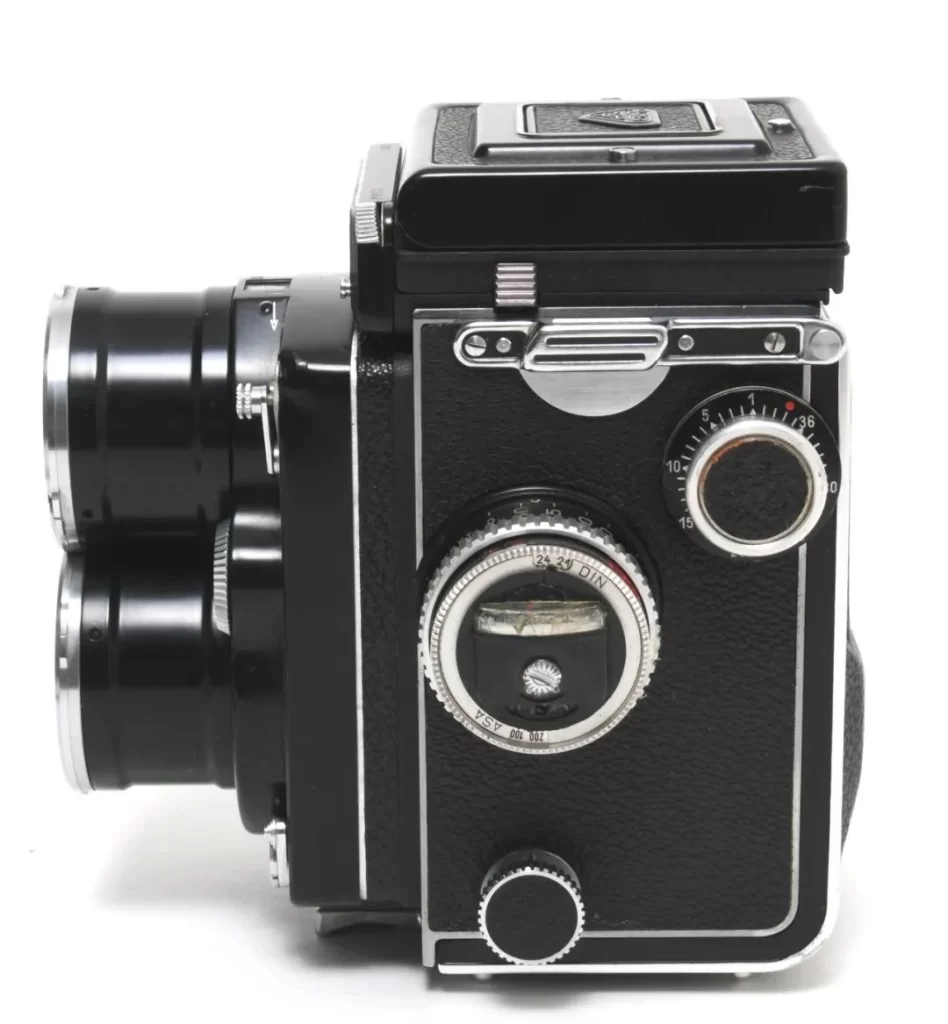
Mechanical cameras also have a huge advantage, is not afraid to run out of power. Compared to shooting half of the camera suddenly burst, shooting half of the sudden loss of power to be a little more common, after all, the commonly used kind of LR44 battery in the face of significantly increased power consumption of the old electronic machine, really can not stand much volume. My experience is that the Nikon F3 about 20 – 30 volumes, like my LX aging is more serious, shoot 10 volumes to change the battery. Of course, there are types of batteries, a better button battery can last a little longer.
Electronic machine to shoot half out of power, you really call the ancestors are useless, if the city street photography, find a convenience store can also save, but you have to climb a mountain, down to the sea or something, that can only pull out the phone.
Mechanical cameras are not afraid, no power as usual. Some friends say, metering is gone, how to do ah! The phone down a metering App on the line, to cope with a photo enough.

Mechanical equals good quality, durability, mechanical equals eternal, are misconceptions. Phoenix 205 camera is still purely mechanical, and Leica M3 can be the same thing?
Mechanical is not equal to eternal, people think mechanical eternal because we think deep down that mechanical is something simple, is some organ parts, can be repaired, while the electronic chip is something complex, are microscopic level things, broken no way to repair.
My advice to novice photographers is manual, mechanical or mechanical does not matter. Manual photography can develop our basic photography skills and help to better understand the various photographic techniques, but you are not mechanical camera actually does not matter.
In addition, I suggest that if you really want to feel the charm of mechanical, mechanical precision, but also to buy good quality mechanical cameras, not for mechanical and mechanical. Rolex mechanical, SWATCH also has mechanical, but not at all a concept. You like cars, you should play a good car, you like watches, you should play a good watch, the same way, you like mechanical cameras, you should play a good mechanical camera, and it is certainly much cheaper than cars and watches.